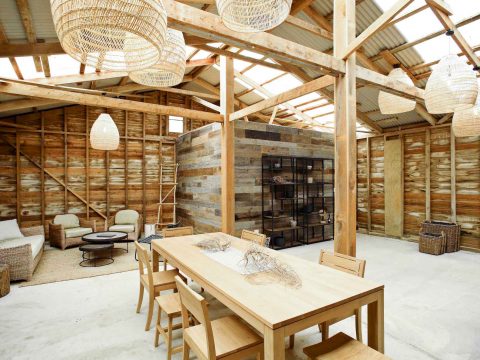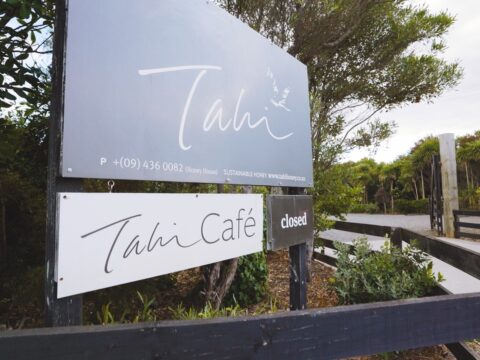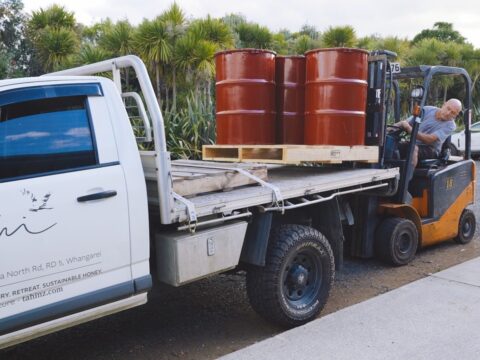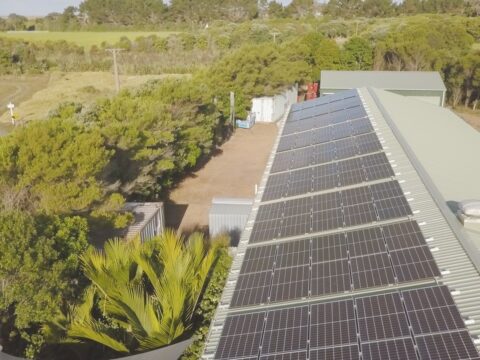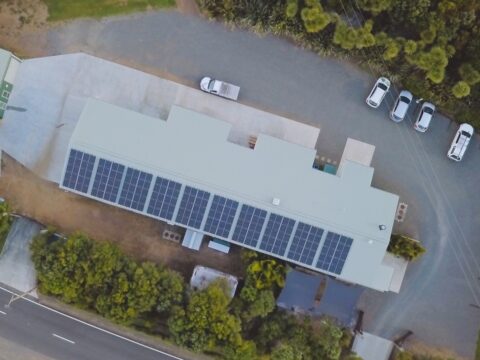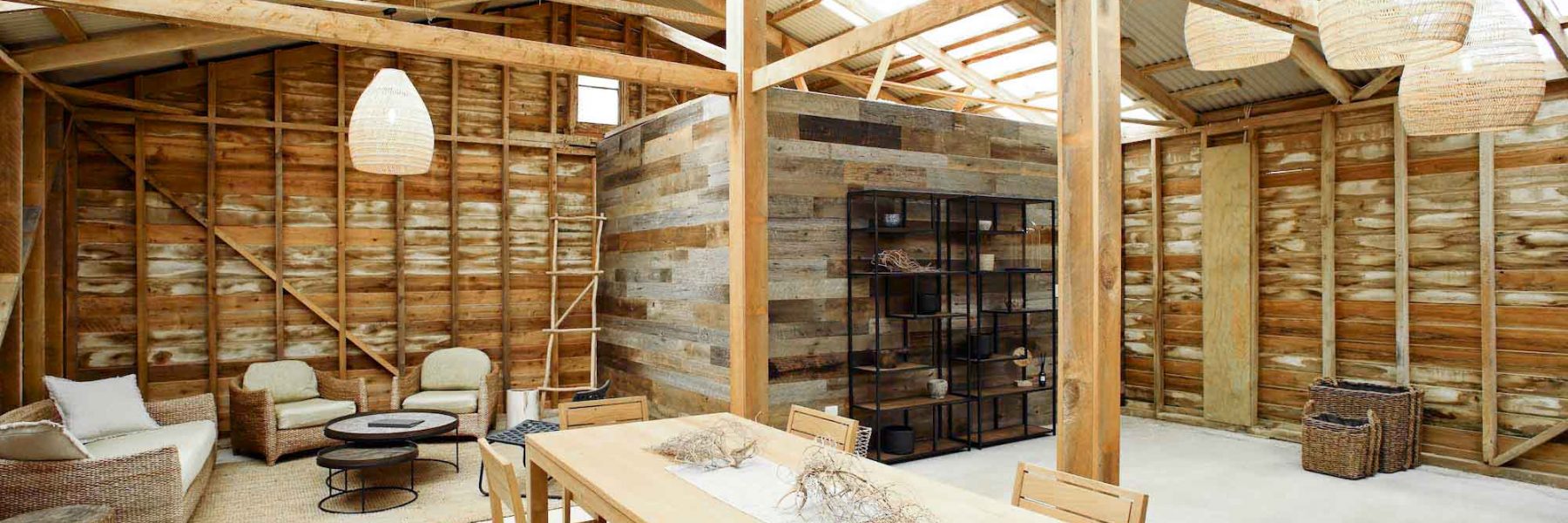
Tahi – Eco Sanctuary – 30kW Commercial Grid Tied Solar
Tahi operates an 800-acre eco-sanctuary in Pataua North, Northland, driven by a singular purpose: to restore a thriving, native and biodiverse ecosystem. With biodiversity in jeopardy and human activity threatening countless species, Tahi is redefining strategic nature restoration through science-based regeneration.
Operating as a ‘living eco-lab’, Tahi combines sustainable honey production with conservation efforts, moving the global conversation beyond carbon to focus on native ecosystem restoration. As a carbon-positive business, they reinvest 100% of profits into conservation and community projects. Their facility includes honey and skincare production buildings, eco-retreat accommodation, visitor facilities and scientific research base.
The Challenge
Multiple buildings across the sanctuary created high energy costs that conflicted with Tahi’s environmental mission of accelerating biodiversity restoration. They needed a renewable energy solution that would reduce operational expenses while supporting their carbon-positive goals and serving as an educational tool for the thousands of annual visitors joining them on this conservation journey.
Our Solution
Integrated Electrical and Solar designed and installed a multi-building solar system through careful analysis of Tahi’s actual energy consumption patterns.
With detailed monitoring through the design phase, we were able to precisely match solar production to daytime consumption patterns. We delivered:
- Solar arrays optimally sized for actual usage across key facilities: Tara, Mara, Hiwi and the Honey House
- Smart monitoring and energy tracking that validated our design approach
- Weather-resilient design for coastal conditions
- Minimal environmental impact installation
- 5.5-year payback period – now complete with ongoing monitoring proving performance
The installation delivered significant results supporting Tahi’s biodiversity mission: substantial reduction in grid electricity dependence, enhanced carbon-positive status, and created an educational demonstration for thousands of annual visitors. The energy savings directly support their portfolio of purpose-driven conservation work, proving that renewable energy solutions can meaningfully contribute to biodiversity restoration efforts.
